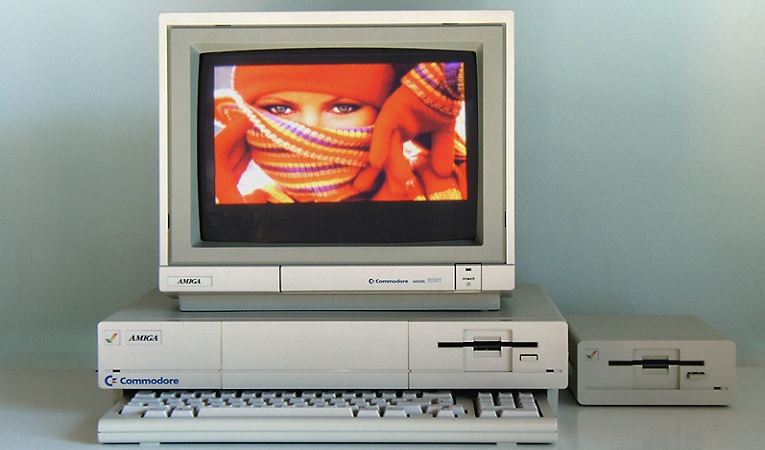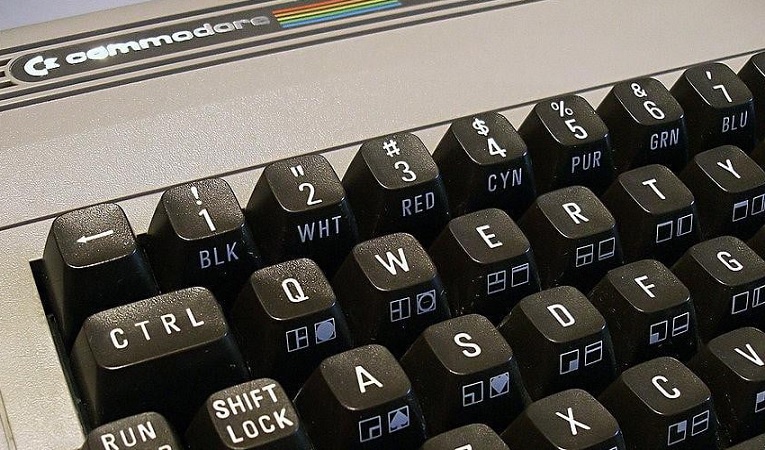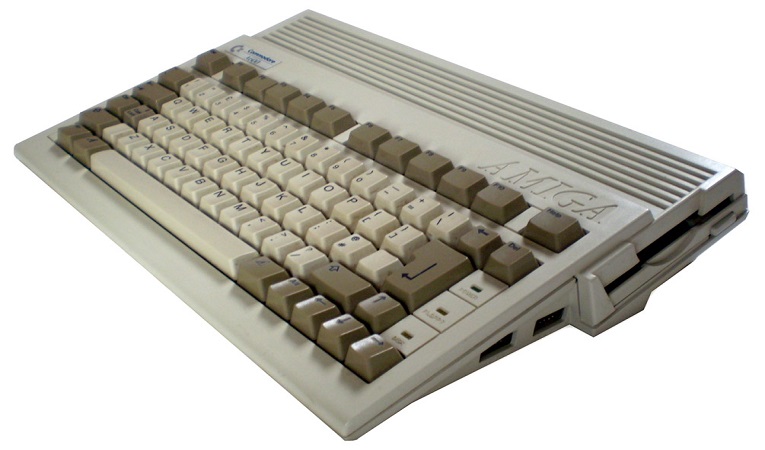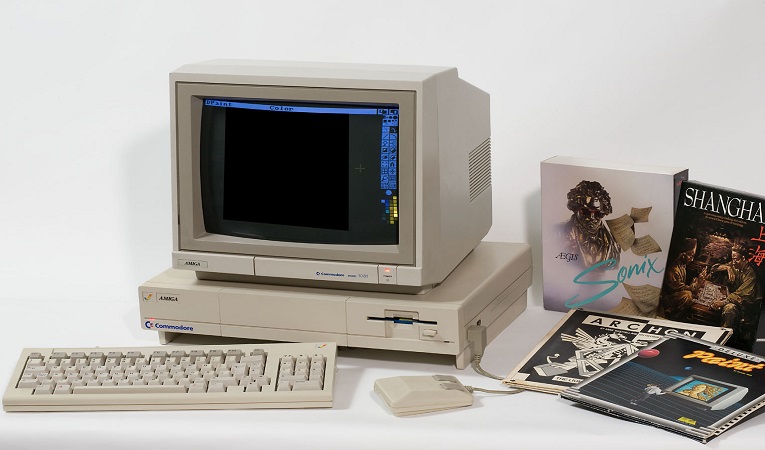The 1980s were a time of immense technological innovation, with personal computers emerging as powerful tools that would change the world. As computers became more accessible to the public, the demand for affordable, easy-to-use machines increased. IBM’s entry into the market with the IBM PC in 1981 marked the beginning of the personal computer’s entry into business and professional environments. At the same time, Apple’s Macintosh, released in 1984, introduced a graphical user interface (GUI) that provided a more intuitive and user-friendly computing experience. These developments set the stage for the Commodore Amiga. Before the Amiga, Commodore had already established itself as a dominant player in the home computer market with its earlier systems, the VIC-20 and the Commodore 64. The C64, released in 1982, became one of the best-selling home computers of all time, largely due to its affordable price point and the growing popularity of video games. However, as the market matured and consumer needs evolved, Commodore faced increasing pressure to innovate. The success of the C64 gave Commodore the financial stability and market position to develop the Amiga. The Sage IV computer system (SAGE Computer Technology was a computer company based in Reno, Nevada, United States) played a critical role in the development of the Amiga computer, codenamed “Lorraine,” during the early 1980s. While the Sage IV itself was not an Amiga product, it was instrumental as a development system during the early stages of the Amiga 1000 project.
Technical Comparison: Sage IV vs. Amiga 1000
| Feature | Sage IV | Amiga 1000 |
|---|---|---|
| Processor | Motorola 68000 (8 MHz) | Motorola 68000 (7.16 MHz) |
| OS | UCSD p-System | AmigaOS |
| Graphics | Text-based (limited) | Advanced graphics chipset (Agnus, Denise) |
| Sound | Basic | 4-channel stereo sound (Paula) |
| Applications | Development-focused | Multimedia, gaming, productivity |
| Design | Industrial and utilitarian | Sleek and user-friendly |
The Sage IV computer was the ideal development platform used by Commodore engineers for testing and refining early hardware prototypes. It was essentially a development and debugging environment that helped simulate the behavior of the eventual Amiga hardware. As the Lorraine prototype was being developed, it used a combination of early versions of the Motorola 68000 processor and custom chips that would form the backbone of the Amiga architecture. It allowed engineers to work closely with the 68000 processor. The 68000 was selected as the CPU for the Amiga because of its 16-bit internal architecture with a 32-bit external data bus, providing a balance between performance and cost. It was far more powerful than the processors used in other personal computers at the time. The Sage IV provided a platform to test the 68000’s functionality, allowing for early performance benchmarking and debugging. It also helped ensure the integration of the 68000 with custom-designed chips such as Gary, Agnus, and Paula, which would later become the heart of the Amiga’s graphics and audio systems. The 68000 was a key part of the Amiga’s ability to perform true multitasking, an innovation that set the system apart from its competitors. The 68000’s architecture was designed with multiple registers and a robust instruction set that made it efficient for multitasking, especially when paired with custom hardware. The Sage IV allowed engineers to test how the 68000 handled concurrent tasks, such as running animations or sound processing while still executing user commands. This helped shape the Amiga’s ability to perform complex operations in parallel without significant slowdowns, making the system incredibly responsive for its time.

The Sage IV development system ensured that the 68000 could interact seamlessly with the custom graphics chips like Agnus, which handled graphics and video, and Paula, which handled sound. These chips were designed to offload tasks from the 68000, enabling the system to perform graphics rendering and sound processing while the CPU focused on other tasks. This offloading of work to specialized chips was key to the Amiga’s superior multimedia performance. Another crucial element of the Amiga’s architecture was DMA, which allowed peripherals like the graphics and audio chips to directly access memory without involving the 68000 processor. This greatly improved performance and efficiency by allowing the 68000 to focus on tasks unrelated to graphics and sound. The Sage IV could help engineers verify the proper functioning of the DMA system, ensuring that data could be moved efficiently between memory and peripherals without interrupting the operation of the CPU. Once released in the summer of 1985, the Amiga 1000 revolutionized personal computing with features like advanced graphics, multitasking, and unparalleled multimedia capabilities. It became a favorite among gamers, artists, and video producers. The Sage IV’s contribution highlights the importance of robust development tools in creating groundbreaking technology. Though the Sage systems themselves faded into obscurity, their role in shaping the Amiga remains a key part of computing history.












